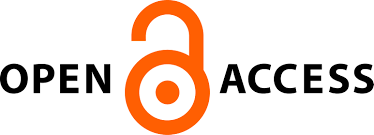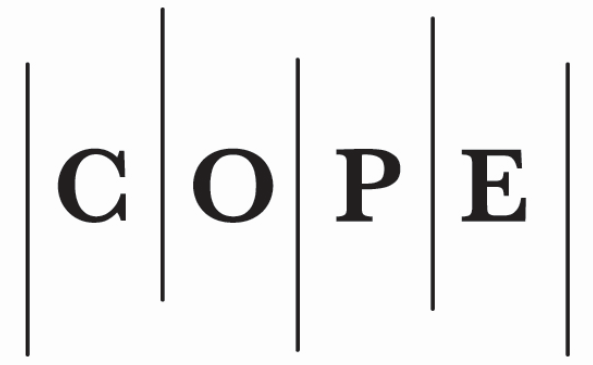SECRECY BETWEEN A LAWYER AND THEIR CLIENT: REGULATION, CONTENT, AND PROBLEMATIC ASPECTS
##plugins.themes.bootstrap3.article.main##
Abstract
This article: examines secrecy between lawyer and client as expressions of the
lawyer’s duty of confidentiality to the client; reveals the concept, content, beginning, end, and limits of this secrecy; and interrogates problems related to the protection of such secrecy, along with scientific approaches to it. Lawyer-client secrecy is a necessary legal construct specific to the lawyer profession. This is characteristic of the lawyer’s profession as a guarantor of their activity, and is a prerequisite for the successful representation of the client and the implementation of their interests. The article briefly discusses the origins of this form of secrecy, its historical development, legal regulation in Lithuania, and the approach to it in the caselaw of the European Court of Human Rights. The article presents insights from legal science in the United States regarding a lawyer’s professional secrecy as a feature of the lawyer’s activity and its characteristics, as well as indicating the factors in jurisprudence on the basis of which it is decided whether the privilege of secrecy is applied. The article highlights groups of problems that occur in practice and discusses them. The attitude towards the lawyer’s secrecy is now is changing, with its protection being affected by other laws. The article concludes that the legal regulation of secrecy is sufficiently developed, but one problematic aspect emerges regarding where secrecy begins and must be protected. From this point of view, the assessment proposed by the Lithuanian courts – to associate secrecy with the fact of the conclusion of the lawyer -client contract and its content – is not correct, because the presence of essential features must be taken into account when deciding on the regime of secrecy.
##plugins.themes.bootstrap3.article.details##
This is an open-access journal, which means that all content is freely available without charge to the user or their institution. Users are allowed to read, download, copy, distribute, print, search, or link to the full texts of the articles in this journal without asking prior permission from the publisher or the author. This follows the BOAI definition of open access. Authors contributing to Jurisprudence agree to publish their articles under a Creative Commons Attribution 4.0 International Public (CC BY) License (applicable from 2025).
![]() Authors retain copyright of their work, with first publication rights granted to the Association for Learning Technology.
Authors retain copyright of their work, with first publication rights granted to the Association for Learning Technology.
Please see Copyright and Licence Agreement for further details.






